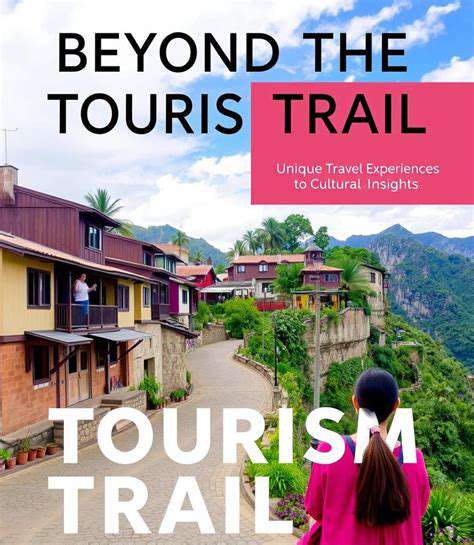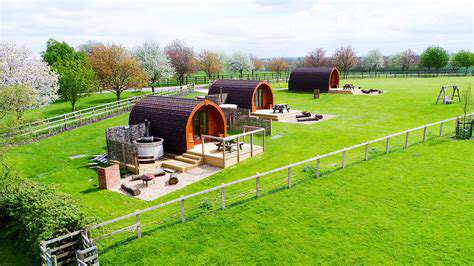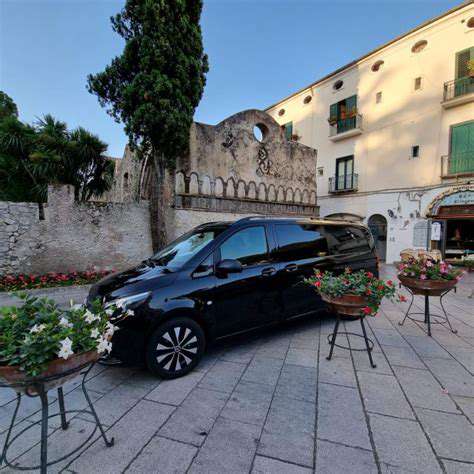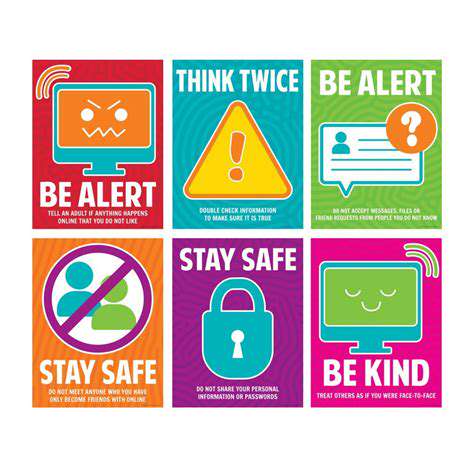Is Solo Travel Safe? Tips for Traveling Alone
Your personality plays a bigger role than you might think. Outgoing types who love meeting new people face different challenges than introverts who prefer solitude. Knowing how you react under pressure is perhaps the most critical factor of all. When your heart starts racing in an unfamiliar situation, will you freeze up or think clearly? These instinctive responses deserve serious consideration before you ever leave home.
Evaluating Your Travel Destination
Destination research should go far beyond browsing pretty photos online. You need to dig into the gritty details that most travel brochures won't tell you. What neighborhoods should you avoid after dark? Are there common scams targeting tourists? How reliable are local emergency services? These aren't pleasant questions, but they're necessary for crafting an effective safety plan.
The activities you choose dramatically impact your risk level. Backcountry hiking presents vastly different challenges than urban exploration. Every adventure comes with its own set of potential hazards that demand specific preparations. That walking tour through historic districts might seem harmless until you're navigating poorly lit alleys at night.
Developing Safety Strategies
With risks identified, it's time to build your safety net. This goes way beyond the usual don't walk alone at night advice. We're talking about creating multiple layers of protection: someone back home who knows your itinerary, emergency contacts programmed into your phone, and basic self-defense skills that could save your life. These precautions work together to create real security.
Travel insurance often gets overlooked until it's too late. A good policy does more than protect your luggage - it can be your lifeline in a medical crisis. And don't underestimate the safety value of making local connections. Even just learning help in the local language might be the most important word you ever learn.
Staying Vigilant and Adapting
Safety isn't something you set and forget. It's an ongoing process that requires constant attention and adjustment. That little voice in your head saying something feels off? That's your most valuable safety tool. Smart travelers know when to change plans based on their gut feelings and changing circumstances.
Documentation might seem tedious, but it creates a safety trail. Having your route, accommodations, and emergency contacts written down could be crucial if things go wrong. This level of preparation lets you relax and actually enjoy your solo adventure, knowing you've done everything possible to stay safe.
Planning Your Solo Journey: Preparation is Key
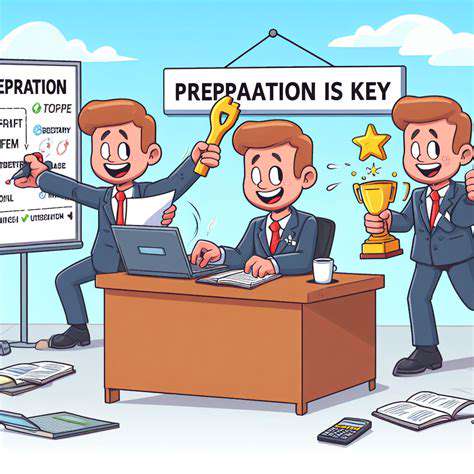
Choosing Your Destination
Picking where to go alone involves more than choosing pretty scenery. The best destinations match both your interests and your safety needs. Love history? Maybe skip the party capitals. Crave adventure? Ensure you have the skills for remote areas. This alignment between passion and practicality makes for truly rewarding trips.
Stepping outside your comfort zone can be transformative, but do it wisely. The sweet spot lies between challenging yourself and maintaining reasonable safety. That little-known village might offer authentic experiences, but does it have reliable transportation if you need to leave quickly? Balance is everything.
Crafting Your Itinerary
A good itinerary strikes the perfect balance between structure and flexibility. Think of it as a safety net that still allows for spontaneous magic. Block out must-see attractions but leave breathing room for unexpected discoveries. And always plan your return routes - getting somewhere is easy; getting back safely is what matters.
Time management becomes crucial when traveling alone. Underestimating transit times is the fastest way to find yourself in risky situations after dark. Build in buffers for delays and always have a Plan B location if your first choice feels unsafe upon arrival.
Essential Preparations
Pre-trip preparation separates stressful journeys from smooth adventures. Double-checking documents might seem obvious, but it's shocking how many travelers forget until it's too late. And that pack light advice? It's about mobility as much as convenience - you want to move quickly if needed.
The most important items often get overlooked: digital backups of documents, emergency cash stash, and a basic first aid kit. These small preparations provide huge peace of mind when you're relying solely on yourself in unfamiliar territory.
Staying Safe During Your Solo Adventure
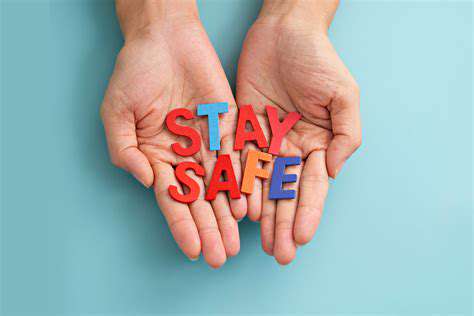
Essential Gear for Solo Adventures
Your gear choices can literally mean the difference between life and death when traveling alone. That first-aid kit isn't just for scrapes - it's your mobile emergency room. Include items for serious situations like tourniquets and emergency blankets, not just band-aids. And always pack extra medications - pharmacies might not be accessible when you need them most.
Navigation tools deserve special attention when you're solo. GPS is great until your phone dies - that's why old-school maps and compass remain essential backups. And never underestimate the psychological comfort of a good headlamp when navigating unfamiliar terrain after sunset.
Planning Your Route and Itinerary
Route planning takes on new importance when there's no one to notice if you go missing. Share detailed plans with someone reliable, including when to sound the alarm if they don't hear from you. These check-ins create vital safety nets that solo travelers absolutely need.
Always research alternate routes and bail-out points. Knowing where you can cut your journey short could be crucial if weather changes or you feel unsafe. This level of contingency planning separates prepared adventurers from risky improvisers.
Understanding Potential Hazards
Hazard awareness requires more than reading a brochure. You need to understand not just what dangers exist, but how they change throughout the day and in different conditions. That peaceful meadow by day might become a risky area after dark. Local knowledge is gold - tap into it through guides or experienced travelers.
Staying Aware and Alert
Situational awareness is your most powerful safety tool. Develop the habit of regularly scanning your environment and noting exits, safe spaces, and potential risks. This constant awareness might feel tiring at first, but it soon becomes second nature - and could save your life.
Staying Connected and Communicating
Communication plans need redundancy when traveling solo. Assume your primary method will fail and have backups ready. Satellite messengers might seem excessive until you're the one needing rescue in a dead zone. Regular check-ins aren't just polite - they're a vital safety net.
First Aid and Emergency Preparedness
First aid knowledge is exponentially more valuable when you're alone. Take a course specifically focused on wilderness or travel medicine - standard urban first aid often doesn't cover what you might face. Practice using your gear before you need it; reading instructions during an emergency rarely works well.
Respecting the Environment
Environmental respect is about more than ethics - it's practical safety. Disturbing wildlife or damaging terrain can create dangerous situations. Following Leave No Trace principles helps ensure the area stays safe for future visitors (including possibly you on return trips).
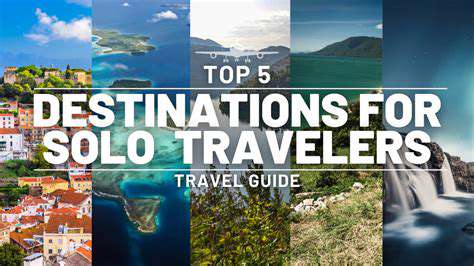

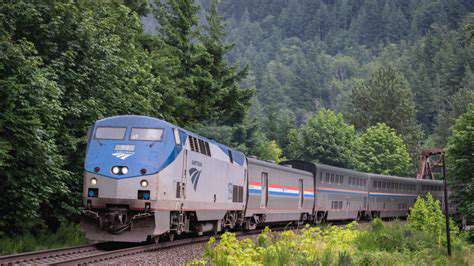
![Planning a Family Camping Trip [Beginner's Guide]](/static/images/27/2025-04/MakingtheMostofYourCampingExperience.jpg)

